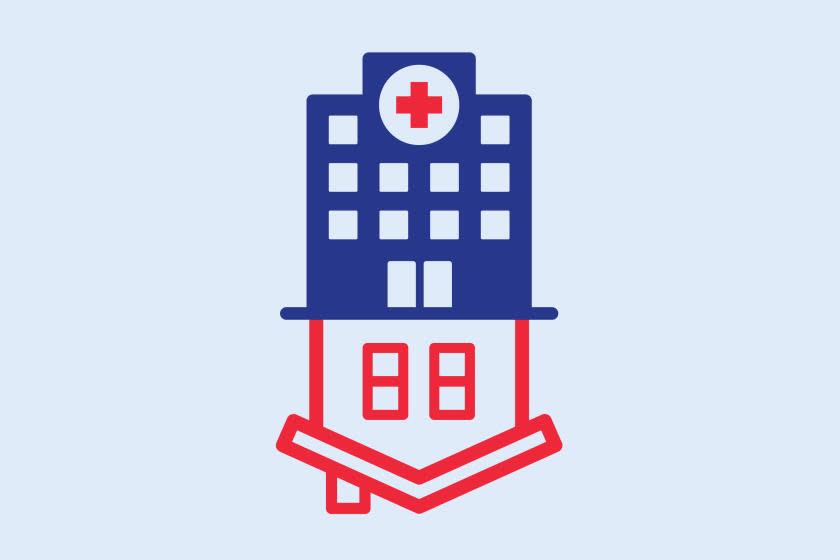Your guide to Proposition 34: Effort to limit major healthcare group's non-patient spending

Proposition 34 would limit how certain healthcare providers spend revenues from a federal prescription drug program. The measure is an effort by the real estate industry to limit spending by the L.A.-based AIDS Healthcare Foundation, which has bankrolled several rent control initiatives, including one on the 2024 ballot.
What will the measure do?
The measure applies to healthcare providers who have spent over $100 million in any 10-year period on things besides direct patient care and have run multifamily housing with more than 500 "high-severity health and safety violations."
If a healthcare provider meets that standard they would be required to spend 98% of their revenues from a federal prescription drug program on direct patient care.
The measure also permanently allows the state to negotiate Medi-Cal drug prices on a statewide basis.
Who are the supporters?
The measure is sponsored by the California Apartment Assn., which has tangled with the AIDS Healthcare Foundation for years over its efforts to enable stricter rent control laws through ballot initiatives.
The AIDS Healthcare Foundation takes in $2 billion a year, mostly from its chain of pharmacies and clinics. It's foray into housing has drawn criticism that it has strayed from its mission of helping those living with HIV or AIDS.
In recent years, the healthcare foundation has spent more than $300 million to fund rent control initiatives and buy apartment buildings across the country, including in and around Skid Row, saying it could address chronic homelessness where others failed.
The foundation says it's taken nearly 1,000 people off the streets and put them into permanent housing at its Skid Row-area properties, but those buildings have also been beset with heating, plumbing, elevator and electricity failures and vermin infestations, The Times found in an investigation published last fall.
Other supporters of Proposition 34 include health organizations like the ALS Assn. and the California Chronic Care Coalition.
Who are the opponents?
The AIDS Healthcare Foundation, as well as outside groups like Consumer Watchdog and the National Organization for Women.
Why is this on the ballot?
The California Apartment Assn. says the measure will increase spending on patient care and, by permanently allowing the state to negotiate Medi-Cal drug prices, will lock-in "billions of dollars in state savings every year" and thus lessen the rationale for taxes on its members.
The real estate group, through its Protect Patients Now committee, also singles out the AIDS Healthcare Foundation, and its president, Michael Weinstein, as targets.
Among other things, Protect Patients Now accuses Weinstein and the AIDS Healthcare Foundation of using taxpayer money to fund "his own personal and political agenda," including rent control measures that the group says would "block housing construction."
The AIDS Healthcare Foundation has accused Protect Patients Now of "lying to voters and taxpayers about how AHF makes its money" and has called the measure anti-tenant and anti-patient.
How much money has been raised?
More election news
This story originally appeared in Los Angeles Times.


